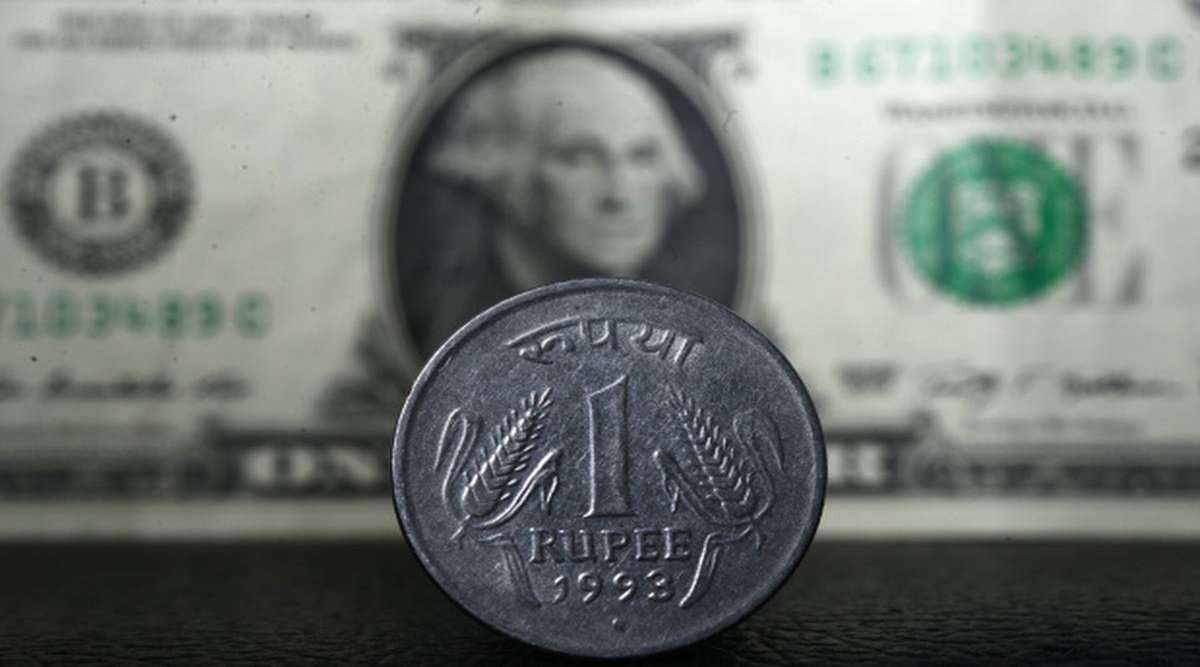The rupee avoided its first weekly fall in four weeks last week as a result of weaker regional currencies and a withdrawal of foreign funds. While the dollar index rose 0.6% to 106.93, spot USDINR increased by 88 paise to 81.69. To cap off a low-voltage week that saw the Dow Jones close virtually unchanged while the Indian benchmark Sensex closed with a slight loss, stocks flitted higher. Following hawkish remarks from St. Louis Fed President James Bullard, who stated that interest rates needed to rise at least to 5%-5.25% to deter inflation, US Treasury yields increased and the dollar strengthened.
Following the rise in the dollar index and the decline in regional rivals, the Indian rupee is anticipated to trade to the left in the upcoming days. The loss might, however, be contained given the decline in crude oil prices and the influx of foreign capital. Technically, spot USDINR may advance in the days ahead, but the trend has changed to bearish due to the establishment of lower top and bottom levels on the daily chart. The projected trading range for the pair over the coming days is 82.40 to 81.30. Markets are a little murky as the dollar, yield, and stocks are all rising in the face of conflicting economic data.
Theoretically, lower rates should result in higher stocks and lower dollar values, whereas slower spending should result in lower earnings and decreased demand for dollars as a safe haven. Despite a new round of hawkish rhetoric this week from Central Bank officials, money-market derivative traders continue to price in that the Federal Reserve will reverse course and start cutting rates in the later part of 2023.
The upcoming US holiday, light trading activity, and modest share gains all contribute to lower implied volatility. The index of dollar implied vol for one week drops to 10.3% from 10.6% for three months and a nearly unchanged 10.1% for a year.

